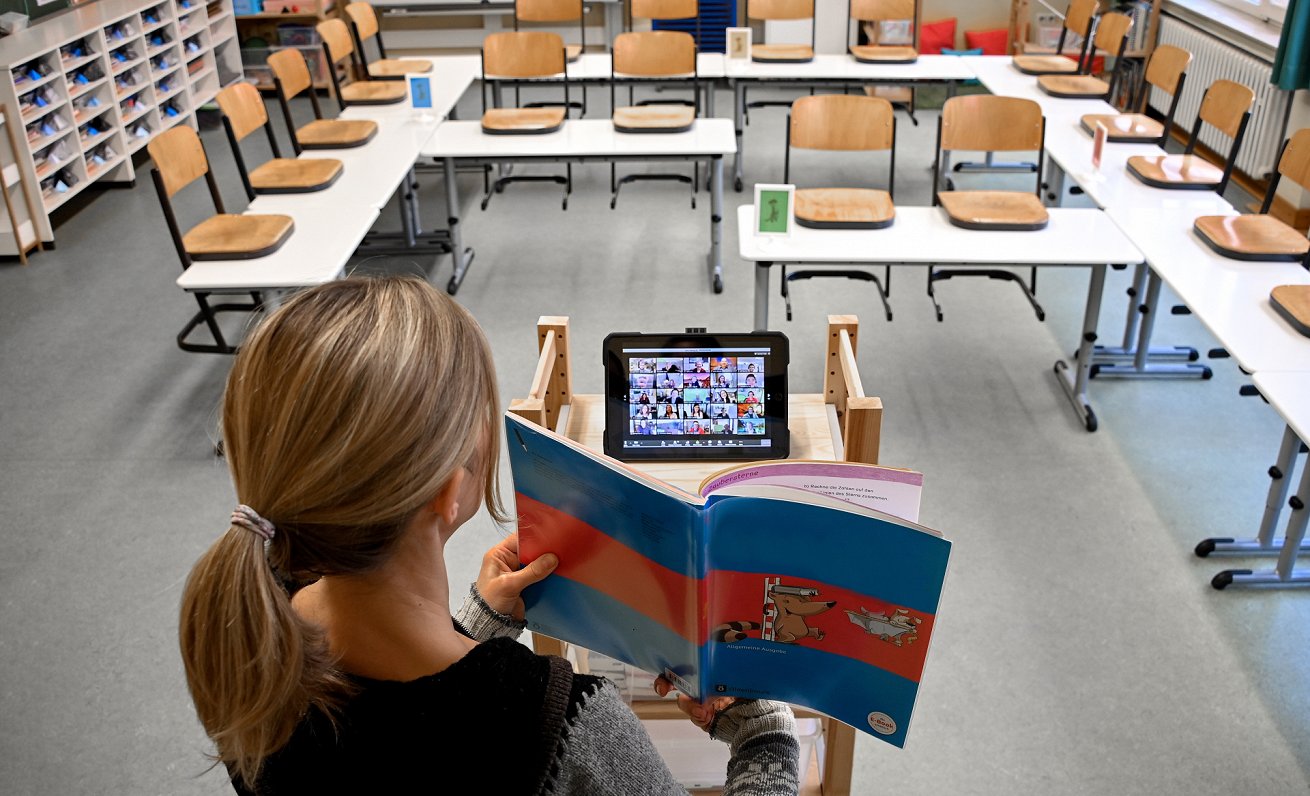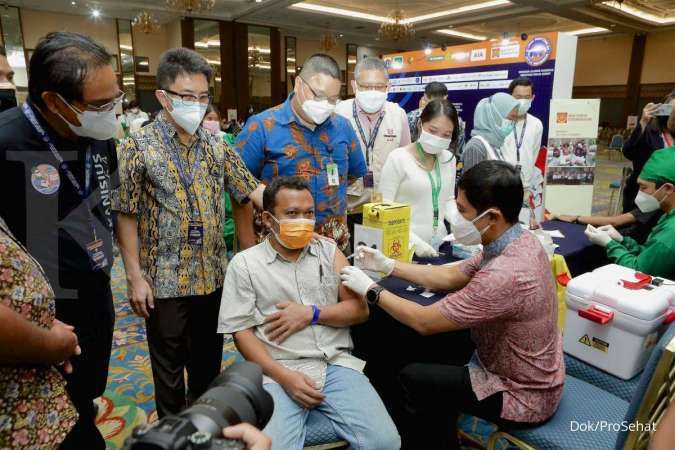For the first year in a row, the Latvian education system is experiencing a higher workload of teachers at lower salaries than in other member states of the Organization for Economic Co-operation and Development (OECD), the latest report on education in Latvia reveals. However, the Covid-19 crisis year has also shown positive trends in education and new opportunities for training after the end of the pandemic.
The OECD pays attention to teachers’ salaries in LatviaJānis Kincis
—
In Latvia, teachers have the fourth lowest actual salaries among all OECD member states. This calculation of the Organization for Economic Co-operation and Development includes the workload rate and bonuses for additional work. Although these figures sound alarming, they also reflect the part-time workload of teachers, said Dace Kalsone, Deputy Director of the Education Department of the Ministry of Education and Science in the field of education statistics and financial planning.
“Because there are more students in the county, because, of course, there are opportunities for higher salaries. But the main thing we wanted to say is that there are still a very large number of teachers working in these relatively low workloads. So when we look at these averages, the average indicators in the amount of remuneration are closely related to the amount of workload, “Kalsone pointed out.
Schools were closed longer than average
The OECD also focused on the work of educational institutions during the Covid-19 pandemic. In Latvia, pre-school educational institutions did not stop working from 1 January last year to 20 May this year, primary schools were completely closed for 67 days, primary schools – 74 days, and secondary schools – 105 days. They are considered to be moderately high among OECD member countries, said Giovanni Maria Semiraro, an analyst at the OECD Department for Education and Skills.
“As you can imagine, school closures are a risk for every student, especially children from more complex social backgrounds, as this can completely distract them from the need to learn,” Semiraro said.
But Rolands Ozols, director of the Quality Assessment Department of the State Education Quality Service, said: “It’s hard to say whether it was objective or not, because we didn’t have the experience to say it. “It used to be the case, but it is clear that if you are in crisis for the second year in a row and if you are in crisis again, you often have to start assuming that the crisis is ” normal today. “We have to start working in a crisis.”
Ozols also pointed out that forced adaptation to distance learning provides opportunities to transform the schooling process in the future as well.
He explained: “We have not always been sensible in creating a timetable at this time. This is an issue that is particularly relevant in the context of the new curriculum, that we actually need to learn to create different timetables. At the same time, or cyclical subjects in individual subjects, this issue could be addressed here and immediately.
The OECD data model on the ratio of the average number of pupils and the impact on teacher pay shows that there are on average 12.8 pupils per teacher in primary education in the Member States, but nine in Latvia.
Therefore, the organization encourages to evaluate the possibilities to form larger classes, thus increasing teachers’ salaries, without even changing the target grant. This is in line with the wish of the Ministry of Education and Science abandon the “money follows the student” model and move towards a wage funding model aimed at reducing the number of schools as a result of demographic trends.
–
Highlight text and press Ctrl+Enterto send the text to be edited!
Highlight text and press Report a bug buttons to send the text to be edited!
–
–


